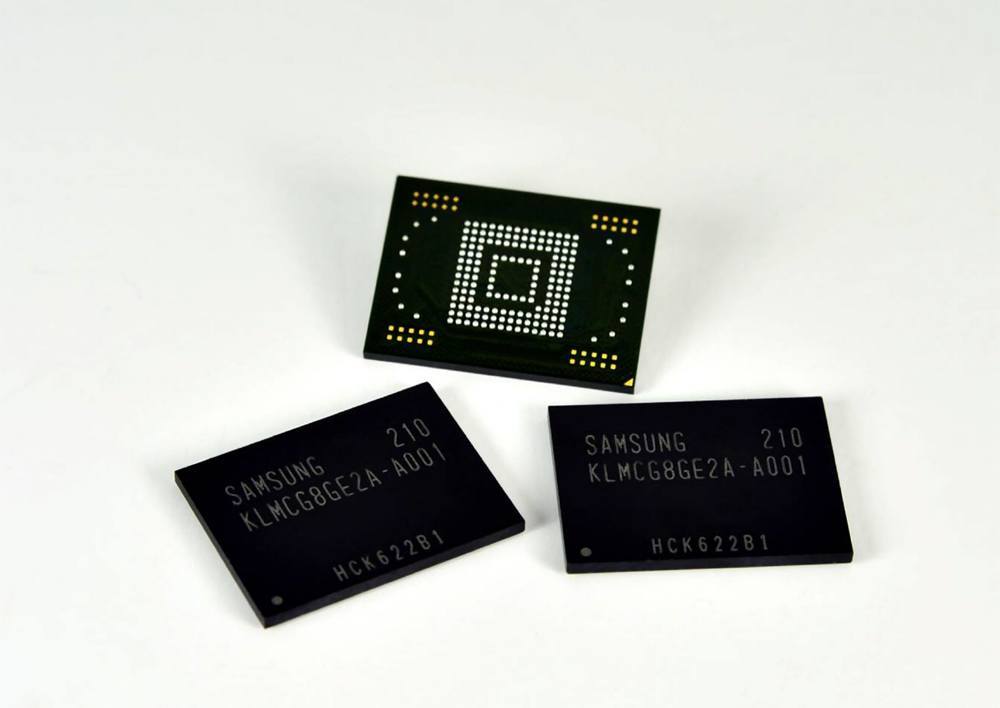Affiliate links on Android Authority may earn us a commission. Learn more.
Samsung could replace eMMC storage with UFS 2.0 starting next year

According to industry sources, Samsung Electronics will begin mass production of a new type of storage for smartphones come the end of 2014. The new UFS 2.0 NAND flash memory modules will eventually replace eMMC storage found in current smartphones.
The sources also suggest that Samsung may make the switch to UFS come its next flagship smartphone, as the company typically strives to offer some of the best tech in the industry in its flagships. Samsung isn’t the only company with its eye on this latest storage standard, Xiaomi is also reportedly planning to install UFS modules in its upcoming products.
What is UFS 2.0?
The UFS 2.0 standard is a sort of successor to eMMC, which offers data transfer speeds that are up to four times as fast as eMMC. It’s a NAND flash based storage standard, similar to what you would expect from a solid state hard drive, albeit shrunk down to a smaller embedded size.
As far as data transfer speeds are concerned, UFS 2.0 comes in two types. HS-G2 which allows for speeds of 725MB/s and HS-G3 which is twice as fast, producing peak speeds of 1.45GB/s. The older eMMC standard is a fair bit slower, offering speeds of 104MB/s (V4.41) to 200MB/s (V4.5) and the latest v5.0 standard offers 400MB/s, although I don’t believe that any smartphones are making use of eMMC 5.0 storage. UFS allow allows for simultaneous reading and writing, as well as command queuing, both of which bring additional performance improvements.
While you probably aren’t finding your current phone’s storage setup restrictive in terms of performance, the trend towards higher resolution content capture and playback is starting to push up against the limits of eMMC. In the short term, eMMC will remain perfectly suitable, but UFS storage devices will be better prepared for what future ultra-high resolution content can throw at them.
As will all new technologies, UFS is a more expensive alternative to eMMC. It will therefore likely be reserved for high end smartphones until costs and prices fall far enough to make the technology viable at lower price points.